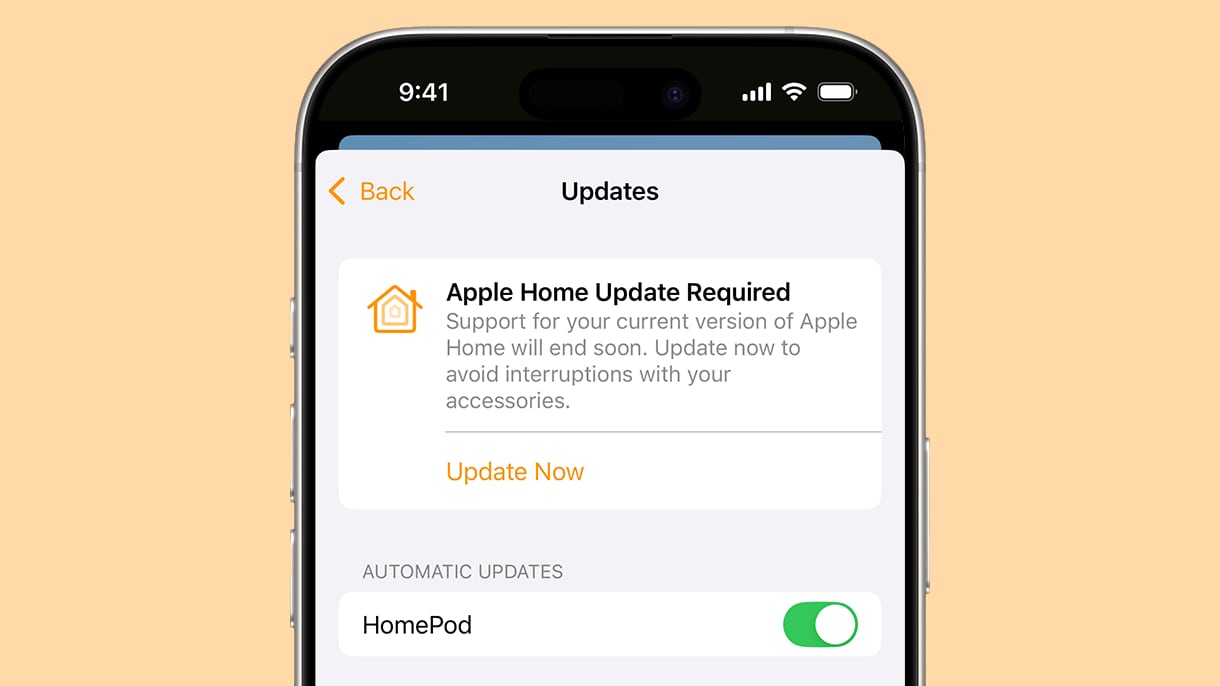
Apple plans to end support for the previous version of Apple Home on February 10, 2026, according to an updated support document published today. Apple previously said that the older architecture would no longer be supported as of fall 2025, but customers now have a few more months to update.

Users will need to transition to the new HomeKit architecture by next February to avoid interruptions with accessories and automations.
The underlying HomeKit architecture was revamped in March 2023 alongside iOS 16.4, so Apple has been supporting both the new and old architecture for the last two years. There were initial problems with stability that may have discouraged some users from upgrading, but those problems have now been addressed.
When Apple stops supporting the original HomeKit architecture, it will break support for the Home app on devices running older versions of iOS, iPadOS, and macOS. iOS 16.2, iPadOS 16.2, macOS 13.1, tvOS 16.2, and watchOS 9.2 are the minimum versions of Apple's platforms that work with the updated Apple Home app, and older devices will lose access.
The update includes support for features like guest access, support for robot vacuum cleaners, and Activity History. Apple says it also provides faster, more reliable performance, especially for smart homes with a lot of HomeKit and Matter accessories installed.
The upgrade can be installed in the Home app by tapping on the More button, choosing Home Settings, and then tapping on Software Update. Apple says that customers who do not install the update manually may be automatically upgraded to the latest version of Apple Home.
Article Link: Apple Delays Home App Update Requirement Until February 2026

